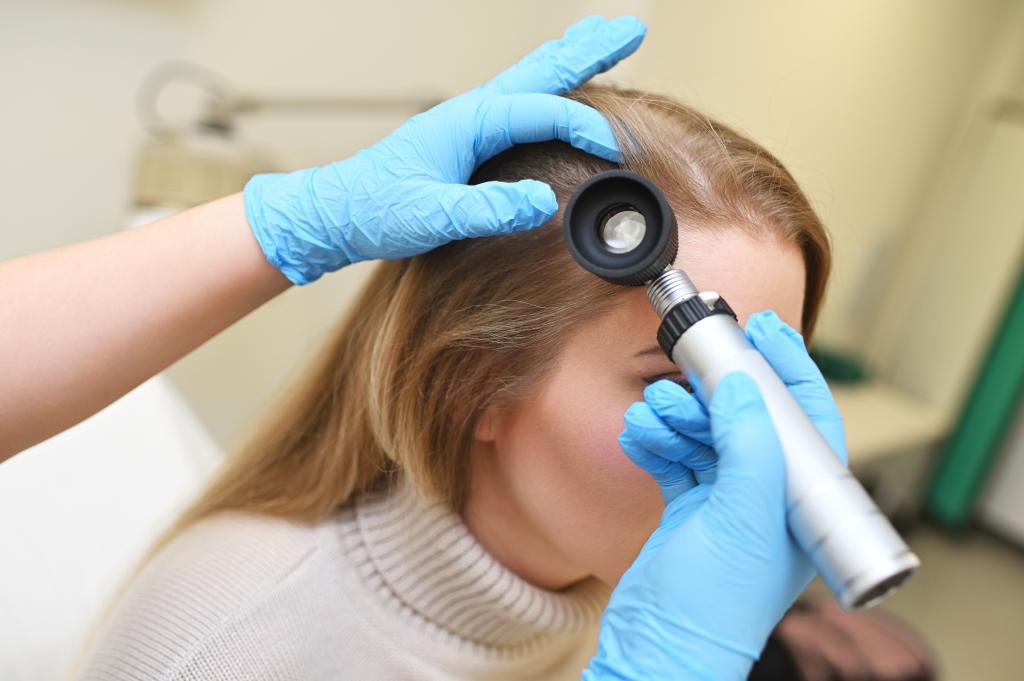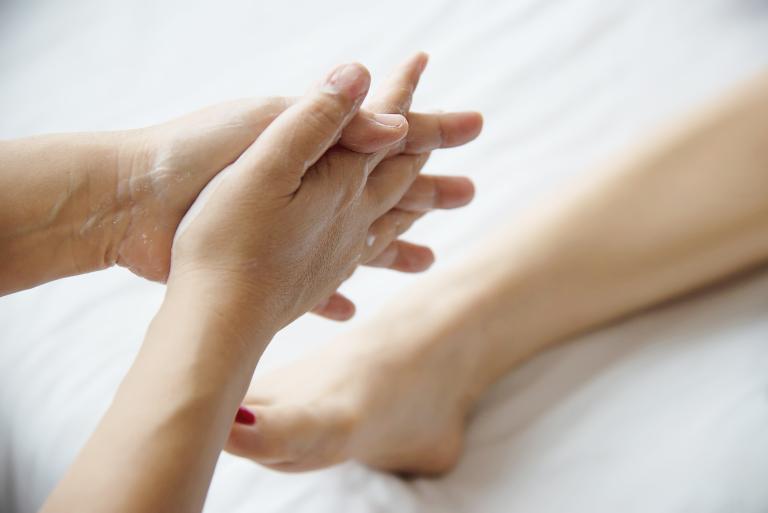Alopecia simply means hair loss, and it can occur in many different forms. Some people may notice small round patches, while others experience more widespread thinning or shedding. It can affect the scalp, beard, eyebrows, or other areas of the body, and often has a strong impact on self-confidence.
There are a variety of treatments that can help slow, improve, or sometimes reverse hair loss. If you are concerned about alopecia, our dermatologists can work with you to explore the underlying causes and the best treatment options for your needs.

Types of Alopecia:
- Androgenetic alopecia (also known as male or female pattern baldness), which causes gradual thinning over time;
- Alopecia areata, where the immune system causes small round patches of hair loss that can sometimes spread; and
- Telogen effluvium, a temporary shedding often triggered by stress, illness, or hormonal changes. Each type has different causes and treatment options, and our dermatologists can help determine which type you have and how best to manage it.
- Scarring alopecia is another less common but important type where inflammation damages the hair follicles, leading to permanent hair loss if not treated early.
Treatment of Alopecia
Treatment for alopecia varies depending on the type, cause, and stage of hair loss. Options may include medicated creams or foams to stimulate regrowth, tablets to reduce inflammation or rebalance hormones, and targeted treatments such as cortisone injections or light therapy. In some cases, addressing underlying triggers—such as stress, nutritional factors, or autoimmune conditions—can also make a big difference. For more advanced or resistant hair loss, emerging therapies and surgical options may be considered. Our dermatologists will discuss the most suitable approach for your situation and guide you through the available choices.

FAQ’S
Frequently Asked Questions


Is alopecia permanent?
Whether hair grows back depends on the type and severity of alopecia. In many cases, such as alopecia areata, hair can regrow—sometimes on its own, sometimes with treatment. However, forms like scarring alopecia or advanced androgenetic alopecia may result in permanent hair loss due to damage to the hair follicles. Early diagnosis and management improve the chances of regrowth.
How is alopecia diagnosed?
Alopecia is diagnosed through a combination of medical history, physical examination, and sometimes further tests such as blood work, scalp biopsy, or dermoscopy (a close-up examination of the scalp). These help determine the type of hair loss and guide appropriate treatment.
Is alopecia hereditary?
Some types of alopecia—particularly androgenetic alopecia (male or female pattern hair loss)—are influenced by genetics and can run in families. Other forms, such as alopecia areata, may also have a genetic component, though they are less predictably inherited.
Does diet or nutrition affect hair loss?
Yes, nutritional deficiencies can contribute to hair loss or make existing alopecia worse. Low levels of iron, zinc, vitamin D, and certain proteins are common culprits. A balanced diet supports healthy hair growth, and a blood test may performed to check for deficiencies if hair loss is suspected to be nutrition-related.





